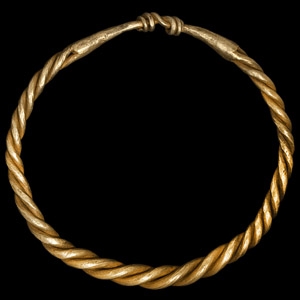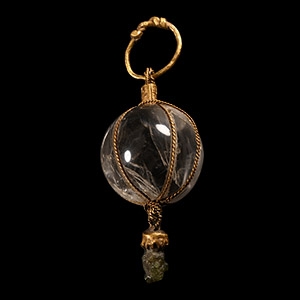Home > Auctions > 5 - 9 September 2023
Ancient Art, Antiquities, Natural History & Coins
Auction Highlights:
Ex Axel Guttmann collection, AG 1033.
The Axel Guttmann Collection of Ancient Arms and Armour, Part 2, 28 April 2004, lot 17.
This lot has been checked against the Interpol Database of stolen works of art and is accompanied by search certificate number no. 11829-207734.
Cf. Falkenstein, F., ‘Gewalt und Krieg in der Bronzezeit Mitteleuropeas’ in Bericht der Bayerischen Bodendenkmalpfelge, 2006/2007, 47/48, pp.33-52, fig.2, for a similar complete sword with hilt.
Born H. and Habsen, S., Helme und Waffen Alteuropas: Sammlung Axel Guttmann, IX, Mainz, 2001, (AG 1033), pp.96-109.
From the middle of the 2nd millennium B.C., the bronze sword became the most efficient and feared weapon, as well as the symbol of an aristocratic warrior.
Ex Axel Guttmann collection.
Accompanied by a copy of an old photograph showing this item on display in a display cabinet within the Guttmann Museum.
Cf. 'Warrior of Moixent' Iberian bronze figurine in the Museo de Prehistoria de Valencia, inventory no.2899.
The horseman's pose with his legs bent and feet held towards the rear would have been necessary before the introduction of stirrups in the early medieval period. The horse appears to sport a disc between its ears, possibly part of the bridle.
From an old South Coast, UK, collection.
Ex Alan Cherry, Bournemouth, UK.
Found whilst searching with a metal detector in Stainmore, Cumbria, UK, in 2012.
Ex private U.K. collection.
From the collection of a Cambridge lady, 1990s.
Found Lincolnshire, UK.
Cf. The British Museum, museum number '.1088.70b' and '.1088.70a' for very similar.
Such fibulae served functional and decorative purposes; the curved pin would have fastened pieces of cloth. They were worn singly or as pairs.
Found whilst searching with a metal detector near Wilberforce, East Yorkshire, UK, on 3rd September 2022 by Mr David Brooks.
Recorded with the British Museum's Portable Antiquities Scheme (PAS).
Property of a professional collector; acquired before 1990.
Ex London collection since 2016.
Accompanied by an academic report by Dr Raffaele D’Amato.
This lot has been checked against the Interpol Database of stolen works of art and is accompanied by search certificate number no.11736-201216.
For similar oval brooches see Arbman, H., Birka I: Die Gräber, Uppsala, 1940, pls.58ff. and in particular 62-63, 67; see also Graham-Campbell, J. & Kidd, D., The Vikings, London, 1980, figs.52-53, for similar brooches from Norway; Roesdahl, E., Wilson D.M., From Viking to Crusader: The Scandinavians and Europe 800 to 1200 (22nd Council of Europe Exhibition), Copenhagen, 1992, p.69, pp.75, 89, for similar specimens; Berthelot, S., Musin, A., Russie Viking, vers une autre Normandie? Novgorod et la Russie du Nord, des migrations scandinaves á la fin due Moyen Age (VIIIe-Xve s.), Paris, 2011, pp.90-91.
The most characteristic items of Viking women's jewellery are oval brooch pairs, sometimes called 'tortoise brooches' due to their shape, which are found in many female graves of the period. As in this example, the brooches themselves were usually connected by swags of chains, suspended from the pair of brooches and supporting utilitarian objects such as tweezers, an ear spoon, shears or a small knife, as well as amulets. In addition the wearer displayed strands of beads of glass, silver, amber or jet.
From the private collection of a London gentleman, from his grandfather's collection formed before the early 1970s.
See Graham-Campbell, J & Philpott, R., The Huxley Viking Hoard - Scandinavian Settlement in the North West, Liverpool, 2009, for discussion of a silver hoard.
From the collection of a North American gentleman, formed in the 1990s.
This lot has been checked against the Interpol Database of stolen works of art and is accompanied by search certificate number no.11882-200711.
Cf. Willemsen, A., Vikings! Raids in the Rhine/Meuse region 800-1000, Utrecht, 2004, p.137, for similar; and Sotheby's, London, 10 July 1979, lot 31, for another spirally twisted example.
Private collection formed in Europe in the 1980s.
Westminster collection, central London, UK.
Cf. Arbman, H., Birka I: Die Gräber, Uppsala, 1940, pl.100(4).
Private collection formed in Europe in the 1980s.
Westminster collection, central London, UK.
Cf. Arbman, H., Birka I: Die Gräber, Uppsala, 1940, pl.115.
157 - 168 of 2453 LOTS

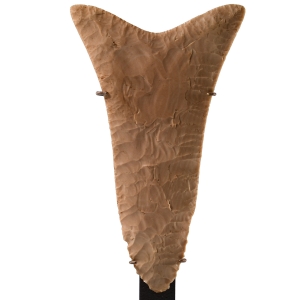
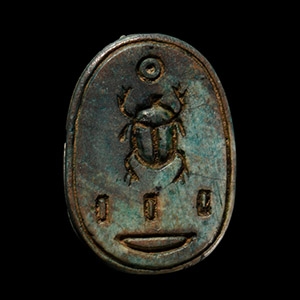
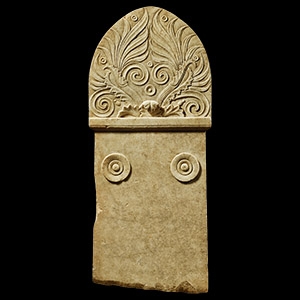
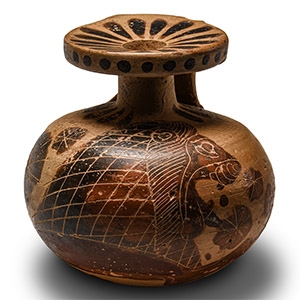
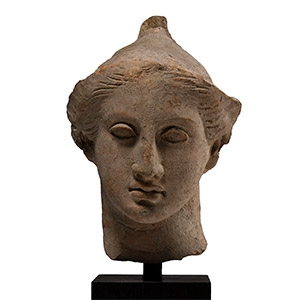
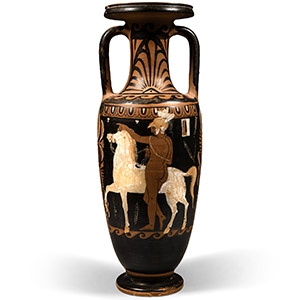
.jpg)
.jpg)
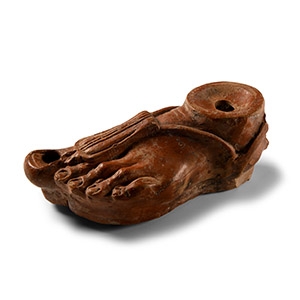
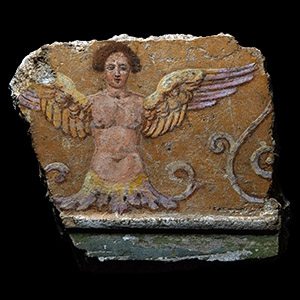
.jpg)
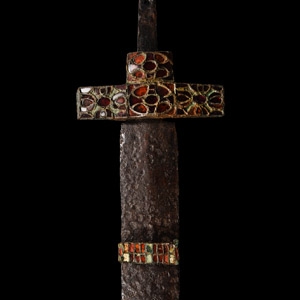
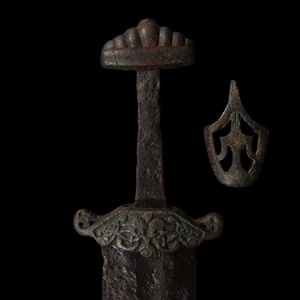
.jpg)
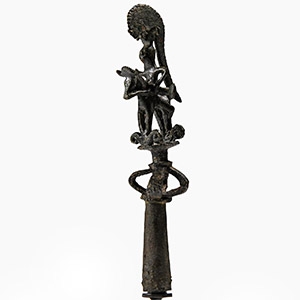


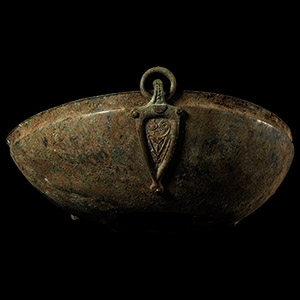
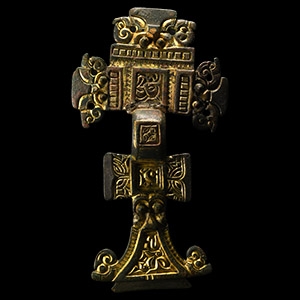
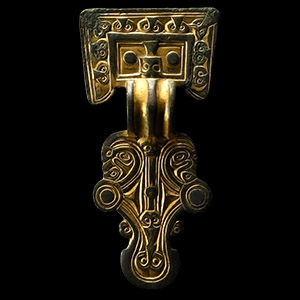
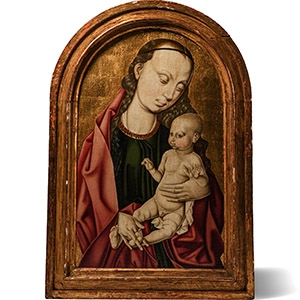

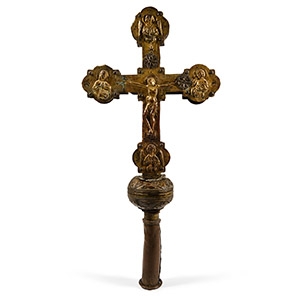
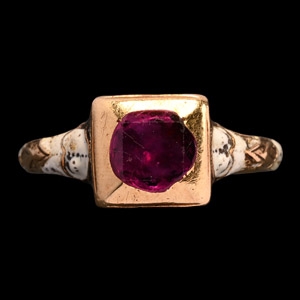
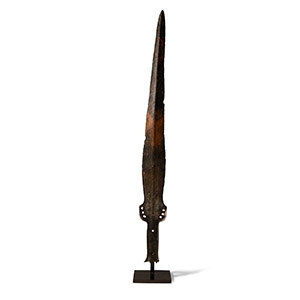
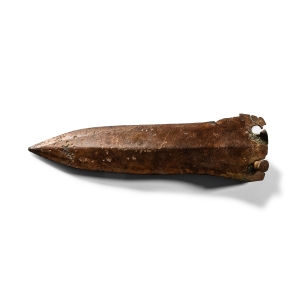
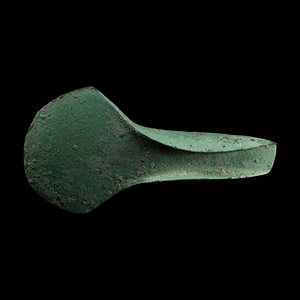
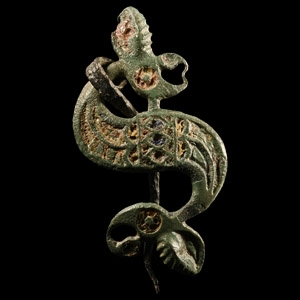

.jpg)
.jpg)
